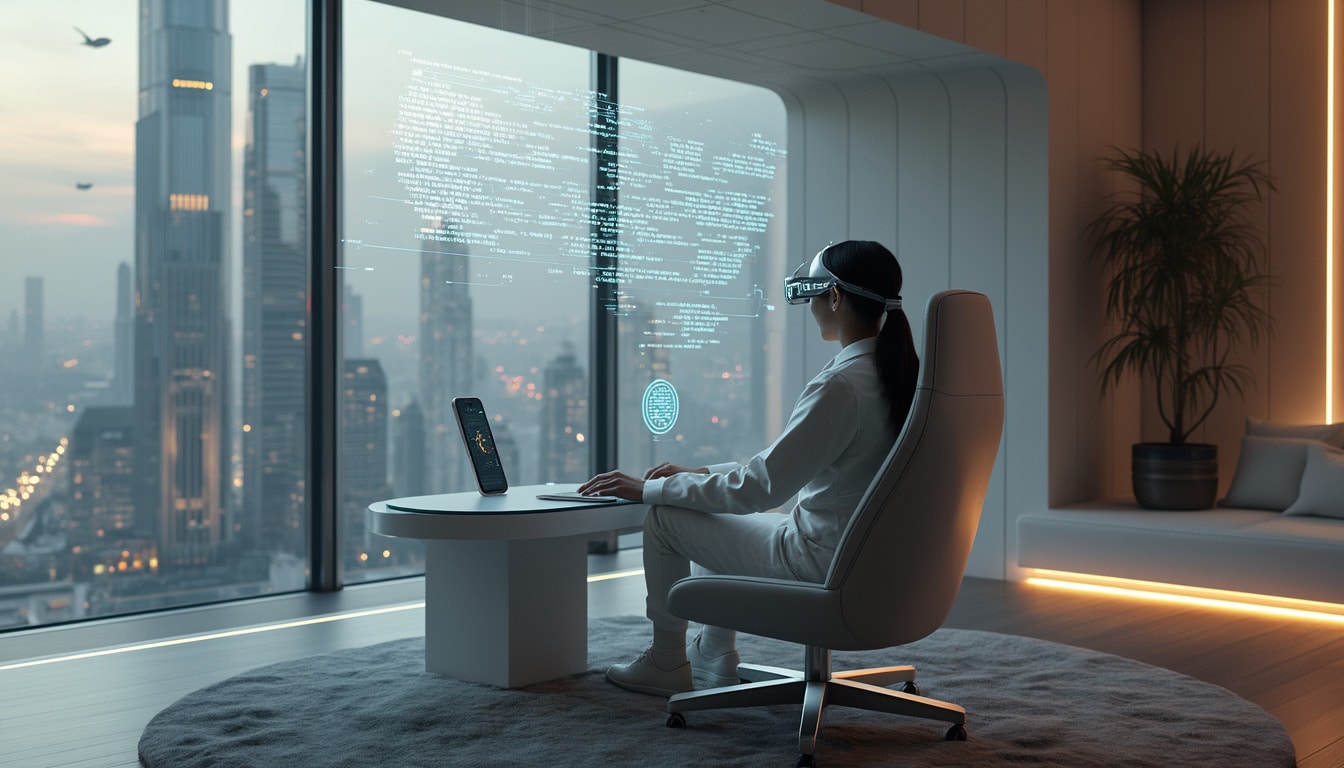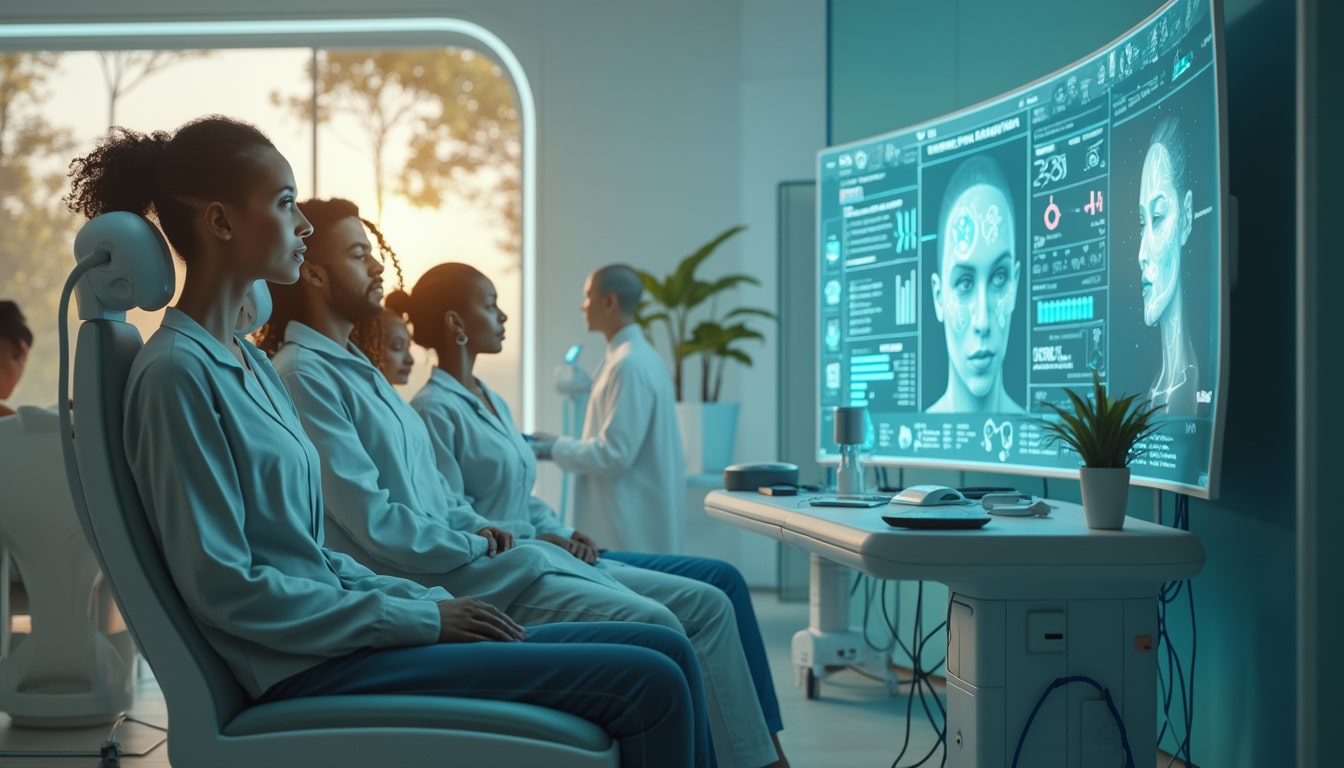« `html
GenAI is reshaping our technological landscape.Yet, beneath its impressive facade lies a potential threat.How can Predictive AI step in to save the day?
As we sprint towards the era of general AI, it’s crucial to ponder the lurking dangers of Generative AI (GenAI). Over the past two years, GenAI has kickstarted a technological revolution, transforming industries from content creation to financial risk management. However, this transformation isn’t without its hiccups. The reliability of GenAI models remains a significant concern, with issues like hallucinations and ethical limitations threatening their widespread adoption.
The surge of GenAI in 2024 was nothing short of spectacular, and it shows no signs of slowing down. Unfortunately, these AI tools aren’t foolproof. According to Eric Siegel, an AI specialist, large language models (LLMs) can produce incorrect responses about 5% of the time. Imagine the chaos in critical fields like law, finance, or healthcare when GenAI makes errors. A study involving three lawyers using GenAI revealed that AI legal tools hallucinate in one out of six cases, highlighting the immense risks involved.
So, what’s the fix? Enter Predictive AI. Unlike GenAI, Predictive AI aims to foresee and mitigate potential errors before they cause harm. Instead of blindly trusting GenAI’s outputs, a predictive model assesses the likelihood of mistakes and determines when a human needs to intervene. For instance, in a question-and-answer system powered by GenAI, while 95% of the responses might be accurate, the remaining 5% could be flagged by Predictive AI for human review.
By implementing Predictive AI, the error margin can be reduced to just 1%, allowing the system to remain largely autonomous—about 85% of the time—without constant human supervision. This synergy ensures that GenAI can be deployed reliably across various professional environments, minimizing risks while maximizing efficiency.
The relationship between Generative AI and humans is evolving. While some fear that AI will replace human workers, Predictive AI suggests a different path. This emerging technology is being explored by more companies aiming to harness the benefits of GenAI without succumbing to its pitfalls. For example, NLP Logix, a pioneer in the voice transcription sector, uses Predictive AI to detect potential errors in their speech recognition systems. When an error is identified, a human steps in to correct it, ensuring the highest level of accuracy.
Looking ahead, Predictive AI is set to determine which tasks can be fully automated and which ones require the creativity and judgment that only humans can provide. This collaboration between AI and humans promises a future where technology enhances our capabilities without overshadowing them. Are you ready to share your workspace with a GenAI model that handles your daily tasks efficiently? Share your thoughts in the comments below—our community is eager to hear from you!
Table of contents
Togglewhat is the inherent danger of generative ai?
The rise of Generative AI (GenAI) over the past couple of years has been nothing short of revolutionary. From creating lifelike images to generating coherent text and even managing financial risks, GenAI is reshaping industries at an unprecedented pace. However, this technological marvel isn’t without its drawbacks. One of the most pressing concerns is the reliability of these models. Despite significant advancements, GenAI still grapples with issues like hallucinations—where the AI generates information that appears plausible but is entirely fabricated—and ethical limitations. These challenges pose substantial risks, particularly in critical fields such as law, finance, and healthcare, where inaccuracies can lead to severe consequences.
Take, for instance, a study involving three attorneys who integrated GenAI into their legal workflows. The findings were alarming: the AI-generated legal tools made errors in one out of every six cases. Imagine the potential fallout in high-stakes environments where precision is paramount. These missteps highlight the urgent need for mechanisms to ensure the accuracy and trustworthiness of GenAI applications. Without addressing these reliability issues, the widespread deployment of GenAI remains hindered by the inherent risks it presents.
Moreover, the ethical dimensions of GenAI cannot be overlooked. As these models become more sophisticated, questions arise about their potential to propagate misinformation, infringe on privacy, and even replace human jobs. The delicate balance between leveraging GenAI’s capabilities and mitigating its risks is a topic that demands continuous scrutiny and innovation.
how can predictive ai address the limitations of generative ai?
Enter Predictive AI, a promising solution designed to tackle the very challenges that plague GenAI. Predictive AI operates by anticipating potential errors before they occur, thereby enhancing the overall reliability of generative models. Instead of blindly trusting the outputs of GenAI, predictive AI acts as a quality control mechanism, assessing the validity of the information generated and determining whether human intervention is necessary.
For example, consider a GenAI-powered question-and-answer system that boasts a 95% accuracy rate. In the remaining 5%, the system might provide incorrect or misleading responses. Predictive AI can identify these high-risk outputs in advance, flagging them for human review. By doing so, the error margin can be significantly reduced—from 5% down to a mere 1%. This not only enhances the trustworthiness of the AI system but also ensures that its deployment in professional settings does not compromise the integrity of the work.
Furthermore, predictive AI enables a more efficient workflow by minimizing the need for constant human oversight. In scenarios where the AI is highly reliable, only a small fraction of outputs require manual verification. This selective intervention allows professionals to focus their efforts where they are most needed, thereby streamlining processes and reducing the likelihood of errors slipping through the cracks.
Companies like NLP Logix are already pioneering the integration of predictive AI to enhance their GenAI applications. In the realm of voice transcription, NLP Logix employs predictive AI to detect potential mistakes in voice recognition systems. When an error is predicted, the system automatically routes the problematic segment for human correction, ensuring that the final output maintains the highest level of accuracy.
To explore more about how AI is evolving to address its own limitations, check out OpenAI’s attempts to curb AI from lying, which delves into the complexities of making AI models more truthful.
what are the real-world applications of predictive ai in enhancing generative models?
The practical applications of predictive AI are vast and span across multiple industries. By integrating predictive capabilities, organizations can harness the full potential of GenAI while mitigating its risks. One notable example is in the legal sector, where predictive AI can ensure that AI-generated legal documents are free from critical errors before they are reviewed by lawyers. This not only saves time but also enhances the quality of legal work, as attorneys can rely on more accurate initial drafts.
In the financial industry, predictive AI plays a crucial role in managing investment risks. GenAI can analyze market trends and generate investment strategies, but predictive AI can assess the reliability of these strategies, flagging those that carry higher risks. This dual-layer approach helps financial advisors make more informed decisions, balancing innovation with caution.
Healthcare is another area where the synergy between GenAI and predictive AI is transformative. GenAI can assist in diagnosing diseases by analyzing medical data and generating potential diagnoses. Predictive AI can then evaluate these diagnoses for accuracy, ensuring that medical professionals receive reliable information to base their treatment plans on. This collaborative model enhances patient care by combining the strengths of both AI systems.
Moreover, predictive AI is instrumental in content creation industries. For instance, media companies using GenAI to generate articles or reports can employ predictive AI to verify facts and ensure the integrity of the content. This not only improves the quality of the output but also maintains the trust between the media outlet and its audience.
For a deeper understanding of how AI is being secured against vulnerabilities, you might find the article on TPU vulnerabilities in Google’s AI models insightful.
what are the benefits of integrating predictive ai with generative ai?
Integrating Predictive AI with Generative AI offers a multitude of benefits that enhance the functionality, reliability, and safety of AI systems. One of the primary advantages is the significant reduction in error rates. By predicting and identifying potential mistakes, predictive AI ensures that the outputs of generative models are more accurate and dependable. This is particularly crucial in industries where precision is non-negotiable, such as law, finance, and healthcare.
Another key benefit is the improvement in efficiency. Predictive AI minimizes the need for extensive human oversight by autonomously flagging only those instances that require intervention. This selective approach allows professionals to dedicate their time and expertise to areas that genuinely need attention, thereby optimizing workflows and increasing overall productivity.
Moreover, the integration of predictive AI enhances the user experience. Users interacting with GenAI-powered systems can trust that the information they receive is vetted for accuracy, leading to greater confidence in the technology. This trust is essential for the widespread adoption of AI solutions, as users are more likely to embrace tools they perceive as reliable and secure.
From a business perspective, leveraging predictive AI can offer a competitive edge. Organizations that adopt this integrated approach can market their AI solutions as more robust and trustworthy, attracting clients who prioritize accuracy and reliability. Additionally, reducing error rates can lead to cost savings by preventing the fallout associated with mistakes, such as legal liabilities or financial losses.
The collaborative nature of predictive and generative AI also fosters innovation. By addressing the limitations of GenAI, predictive AI enables businesses to explore more advanced and creative applications of AI technology without the fear of unintended consequences. This harmonious relationship paves the way for more sophisticated and impactful AI-driven solutions.
Interested in the interplay between AI and energy sustainability? The Ocean Innovation Trophy explores innovative AI applications in energy generation and safeguarding.
what challenges exist in implementing predictive ai alongside generative ai?
While the integration of Predictive AI with Generative AI holds immense promise, it is not without its challenges. One of the primary obstacles is the complexity of developing models that can accurately predict errors in diverse and dynamic generative outputs. Creating a predictive model that can seamlessly evaluate the validity of GenAI’s responses across various contexts requires extensive training data and computational resources.
Another significant challenge is ensuring the compatibility between the two AI systems. GenAI and predictive AI may operate on different architectures or require distinct data processing capabilities. Integrating them in a way that allows for real-time error prediction without compromising the performance of the generative model can be technically demanding.
Moreover, there is the issue of cost. Developing and maintaining a dual-AI system involves substantial financial investment. Organizations must weigh the benefits of improved accuracy and reliability against the costs of implementing and sustaining such an infrastructure. For smaller enterprises or startups, the financial barrier can be particularly daunting.
Data privacy and security also come into play. The predictive AI system needs access to the data generated by the GenAI to assess its accuracy, which raises concerns about data handling and protection. Ensuring that sensitive information is not inadvertently exposed or misused is paramount, especially in industries like healthcare and finance where data breaches can have severe repercussions.
Additionally, there is the challenge of user trust. Users must be confident not only in the GenAI’s capabilities but also in the predictive AI’s ability to accurately flag errors. Building this trust requires transparency in how the AI systems operate and demonstrate their reliability through consistent performance.
To learn more about the ethical implications of AI, the article on OpenAI’s latest ethical considerations offers valuable insights.
how are industries currently leveraging predictive ai with generative ai?
Several industries have begun to harness the combined power of Predictive AI and Generative AI to enhance their operations and mitigate risks. In the legal sector, law firms are using this integrated approach to draft documents, conduct legal research, and even predict case outcomes with greater accuracy. Predictive AI ensures that the documents generated by GenAI are free from critical errors, thereby improving the efficiency and reliability of legal services.
In the financial industry, banks and investment firms leverage predictive AI to enhance their GenAI-driven financial models. These predictive systems analyze market data and investment strategies generated by GenAI, assessing their potential risks and returns. This combination allows financial professionals to make more informed and secure investment decisions, balancing innovation with risk management.
The healthcare industry is another early adopter of this technology. Hospitals and medical research institutions use GenAI to analyze patient data, generate treatment plans, and even assist in diagnosing diseases. Predictive AI evaluates these AI-generated insights for accuracy, ensuring that medical professionals receive reliable information to base their decisions on. This not only improves patient care but also reduces the likelihood of medical errors.
Content creation and media are also benefiting from this synergy. News organizations and content creators use GenAI to generate articles, reports, and multimedia content. Predictive AI reviews and verifies the accuracy of this content, ensuring that it meets journalistic standards before publication. This process enhances the credibility of the media outlet and fosters trust with the audience.
Moreover, the tech industry itself is pushing the boundaries of what’s possible with AI. Companies like NLP Logix are pioneering the integration of predictive AI in their transcription services, as mentioned earlier. By identifying and correcting errors in real-time, they provide more accurate and reliable transcription services, catering to a growing demand for high-quality digital content.
For those interested in the cybersecurity aspects of AI integration, the Pan-OS firewall vulnerability article highlights the importance of securing AI models against cyber threats.
what does the future hold for the collaboration between predictive ai and generative ai?
The future of Predictive AI and Generative AI collaboration looks promising, with potential advancements poised to further revolutionize various industries. As predictive AI models become more sophisticated, their ability to accurately forecast and mitigate errors in generative outputs will improve, making AI systems increasingly reliable and trustworthy.
One foreseeable advancement is the development of more advanced adaptive algorithms that can learn and evolve alongside generative models. These algorithms will not only predict errors but also adapt to new types of data and contexts, ensuring that AI systems remain effective in a rapidly changing technological landscape. This adaptability is crucial for maintaining the relevance and utility of AI solutions as they are deployed in diverse and dynamic environments.
Additionally, the integration of human-in-the-loop systems will become more seamless and efficient. Predictive AI will determine the optimal balance between automation and human intervention, ensuring that human expertise is applied precisely where it is most needed. This collaboration will foster a symbiotic relationship between humans and AI, where each complements the other’s strengths.
Moreover, the ethical frameworks governing AI will continue to evolve in tandem with technological advancements. As the integration of predictive and generative AI becomes more widespread, establishing clear ethical guidelines will be essential to ensure that these technologies are used responsibly and for the greater good. This includes addressing issues related to data privacy, bias, and the societal impact of AI-driven automation.
In the broader context, this collaboration paves the way for more innovative applications of AI that were previously thought to be unattainable. From personalized education and advanced medical diagnostics to creative industries and sustainable energy solutions, the possibilities are boundless. Predictive AI’s ability to enhance generative models will unlock new potentials, driving forward the next wave of technological innovation.
As we look ahead, the harmonious integration of predictive and generative AI promises a future where AI systems are not only powerful but also reliable and safe. This evolution will ensure that AI continues to be a transformative force, capable of addressing complex challenges while minimizing risks.
For those curious about the latest in AI imagery and its intriguing developments, OpenAI’s spooky AI image is a fascinating read.
is the future a collaboration between ai and humans?
The debate surrounding the future of AI often centers on whether it will replace human workers or augment human capabilities. However, the emerging synergy between Predictive AI and Generative AI suggests a more collaborative future where AI and humans work side by side. This partnership leverages the strengths of both, resulting in enhanced productivity, creativity, and innovation.
Predictive AI acts as a safety net for GenAI, ensuring that the information and outputs generated are accurate and reliable. This collaboration allows humans to focus on higher-order tasks that require creativity, critical thinking, and judgment, while AI handles more routine and data-intensive processes. For example, in content creation, while GenAI can draft articles or generate multimedia content, predictive AI ensures that the information is accurate, allowing human editors to refine and enhance the final product.
This collaborative approach not only mitigates the risks associated with AI but also creates opportunities for humans to engage in more meaningful and intellectually stimulating work. By automating mundane and error-prone tasks, AI frees up human talent to tackle complex problems, drive innovation, and contribute to areas that require a personal touch.
Furthermore, as AI systems become more integrated into various aspects of life and work, the need for ethical oversight and human accountability becomes paramount. Human involvement ensures that AI applications adhere to ethical standards, respect privacy, and operate transparently. This balance between AI-driven efficiency and human-centric oversight is crucial for building trust and ensuring that AI technologies are used responsibly.
Companies that embrace this collaborative model stand to benefit the most. They can harness the full potential of AI while maintaining the human element that is essential for innovation and ethical decision-making. This partnership between AI and humans is not about replacement but about augmentation, creating a future where both can thrive together.
In this intertwined future, AI doesn’t just take over tasks—it enhances human capabilities, allowing for unprecedented levels of creativity and efficiency. Are you ready to share your workspace with a GenAI model to accomplish your daily tasks more effectively? Share your thoughts in the comments below and join the conversation!
For more insights on AI’s impact on the environment, check out the Ocean Innovation Trophy and its role in energy sustainability.














